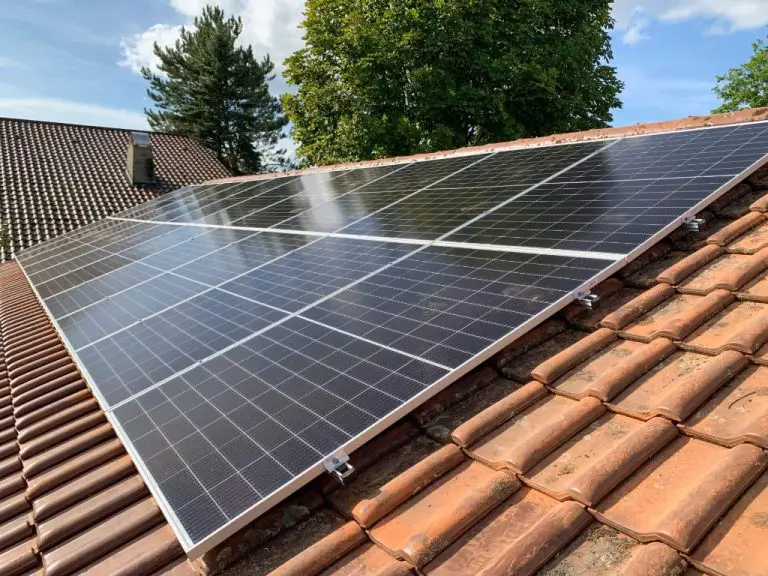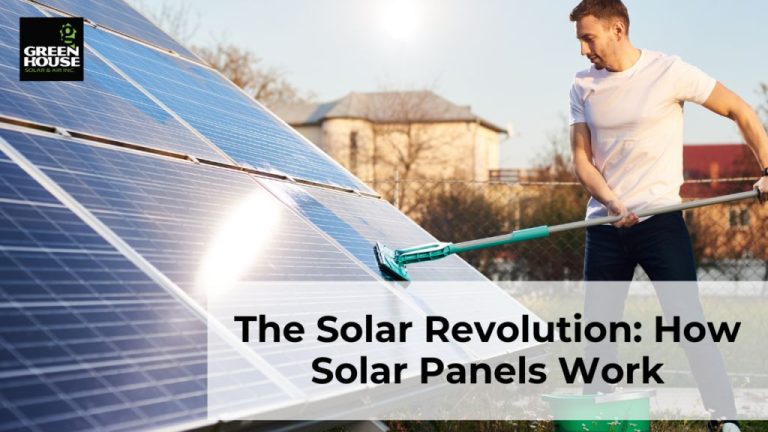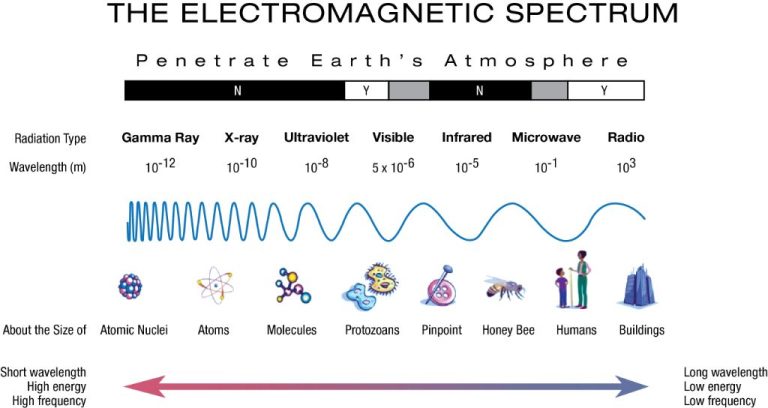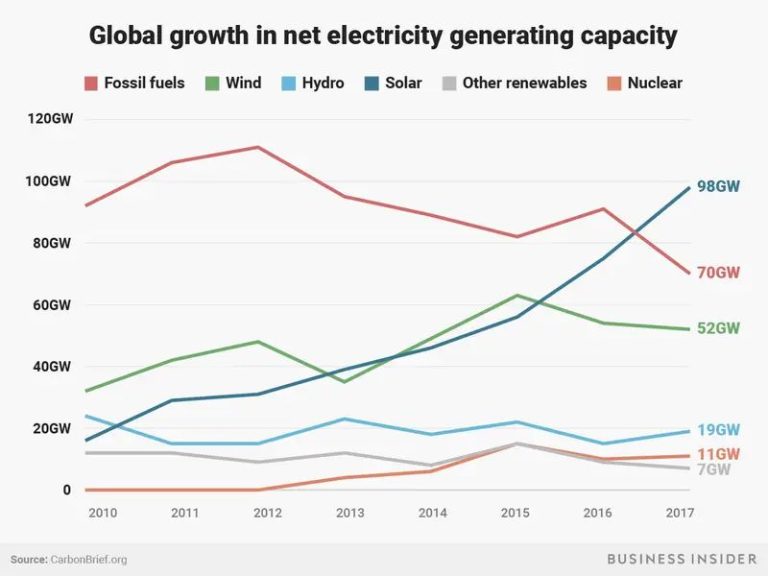What Are The Arguments Against Solar Energy?
High Upfront Costs
One of the main arguments against solar power is that it requires high upfront costs for installation. While solar panels have dropped in price significantly in recent years, the total costs of purchasing equipment, labor, permits and fees can still total between $5,400 to $18,000 for an average-sized residential system of 6-12kWs according to Forbes 1. This includes expenses like solar panels, inverters to convert direct current to alternating current, racking, wires and any necessary batteries for energy storage. For many homeowners, this initial investment may seem prohibitive. However, solar power can pay for itself over time through electricity bill savings. But the high upfront costs pose a barrier to adoption for some.
Intermittency
One of the main arguments against solar energy is that it is intermittent – solar panels only produce electricity when the sun is shining (Source: https://www.nature.com/articles/s41598-022-05247-2). Unlike fossil fuel power plants which can provide steady power 24/7, solar power production depends on the time of day, weather conditions, and seasons. Output from solar panels drops significantly on cloudy days and goes to zero at night. This variability makes it challenging to integrate large amounts of solar power into the grid while matching supply and demand at all times.
Due to the intermittent nature of solar, energy storage and backup power sources are often needed to provide reliable electricity service when the sun isn’t shining (Source: https://energyeducation.ca/encyclopedia/Intermittent_electricity). Solar intermittency can lead to issues like frequency fluctuations and instability on the electric grid if not properly managed. Solutions like demand response, grid-scale batteries, and utilizing solar power forecasts can help mitigate the effects of intermittency.
Toxic Materials
Some critics argue that solar panels contain harmful toxic materials such as lead and cadmium that can leach out and contaminate the environment, especially as panels age and degrade (Source1, Source2). Modern solar panels do contain small amounts of potentially hazardous materials that can leach out as they break down. However, research shows that the amount of toxic materials released is very low and not a significant risk to human health or the environment at this time (Source3). Proper solar panel recycling and disposal is important to minimize any future impacts. While toxic materials in solar panels are a valid concern, current evidence suggests it is not a significant threat compared to the impacts of continued fossil fuel dependence.
Land Use
One of the top arguments against solar power is that utility-scale solar projects require a lot of land. According to the Solar Energy Industries Association, the average solar installation in the U.S. requires between 3 and 10 acres per megawatt (MW) of electricity production capacity. Comparing this to other industries, solar power does use more land per unit of energy produced than natural gas or nuclear power plants but less than coal or biomass power plants.[1]
However, studies show that solar power has a relatively small land-use footprint compared to human activities like agriculture. When taking into account the unused spaces between panels, the actual land used by solar arrays is only about 10-20% of the total fenced area. The rest can remain permeable and undisturbed. In the Midwest for example, solar arrays take up only 0.1% as much land as corn and soybean production.[2]
Utility-scale solar development occurs predominantly on private lands in rural areas, with permitting and review by local governments. Proper siting and community engagement can minimize land use conflicts. Ultimately the amount of land needed for solar depends on our energy consumption, and increasing efficiency and reducing demand would lower the land requirements.
[1] https://www.seia.org/initiatives/land-use-solar-development
[2] https://betterenergy.org/blog/the-true-land-footprint-of-solar-energy/
Transmission Loss
Solar farms are often built far from cities where the energy demand is high. Transmitting the solar power over long distances leads to substantial transmission losses. According to Lost in Transmission, large solar photovoltaic plants lose 12-15% of energy as electricity travels through transmission systems. CleanTechnica notes that 5-7% of electricity is lost during long distance transmission. The further the distance, the greater the loss.
Transmission losses reduce the efficiency and cost-effectiveness of solar energy. Building solar farms closer to demand centers can mitigate this issue but requires available land near cities and robust local transmission infrastructure.
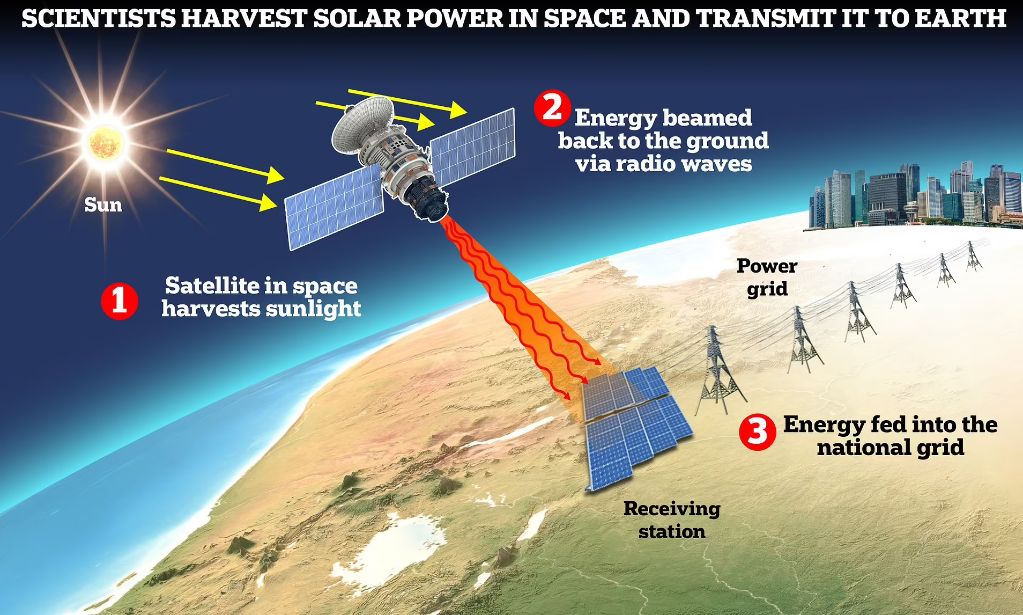
Aesthetics
Some people argue that large scale solar facilities are visually unappealing, detract from natural landscapes, and could decrease property values in nearby communities. According to Visual Impacts of Utility-scale Solar Energy Facilities on Southwestern Desert Landscapes (https://blmwyomingvisual.anl.gov/docs/solar_visual_impacts.pdf), utility-scale solar facilities can introduce industrial features and geometric patterns into rural landscapes. This can disrupt views and be seen as visually incompatible. However, studies like Designing and assessing solar energy neighborhoods through a multi-criteria approach (https://www.sciencedirect.com/science/article/pii/S2210670721002468) show solar facilities can also create visually striking, clean lines and patterns. Overall, the visual impact depends on subjective perceptions and siting context.
Recycling Difficulties
One argument against solar energy is that solar panels can be difficult to recycle. Solar panels typically last around 20 to 30 years before they start generating less electricity and need replacing. The early solar panels from the 1970s and 1980s are now reaching the end of their lifespans. However, recycling these old solar panels is challenging.
Solar panels contain valuable materials like aluminum, copper, silicon, and silver that could be recovered through recycling. But they also contain toxic materials like lead and cadmium that make recycling risky. The panels have layers of glass, polymers, and semiconductors that are energy-intensive to separate. There aren’t yet many solar panel recycling plants, so transportation costs are high.
With the solar industry rapidly expanding, there is a growing number of old solar panels that need recycling. If they aren’t disposed of properly, they could leak hazardous materials. Developing more widespread solar panel recycling infrastructure could help address this issue. But right now, the difficultly and dangers of recycling solar panels remain an argument against transitioning to this technology.
Threats to Wildlife
Solar energy facilities can pose risks to wildlife and ecosystems, especially in sensitive desert environments. Large-scale solar facilities require significant land area, which can disturb and fragment wildlife habitat. One major concern is the impact on desert tortoises, a threatened species. Solar facilities may interfere with tortoise movement and burrowing, as well as facilitating the spread of invasive plants that degrade tortoise habitat (DOE, 2021).
Birds are also at risk from solar facilities. The reflective surfaces of solar panels can resemble water bodies and attract water-associated birds. Birds may collide with panels or become entrapped in concentrated solar power towers. Migrating birds may mistake solar facilities for suitable stopover habitat. Careful siting and design strategies can reduce these risks (Sistine Solar).
Large-scale clearing and fencing for solar facilities can also fragment habitat connectivity for wildlife. Mitigation strategies like preserving natural corridors between solar sites, using perimeter fencing designs that enable wildlife passage, and restoring sites after decommissioning can help minimize habitat fragmentation impacts.
Water Use
One argument against solar energy is that it requires water for cleaning solar panels. According to the Solar Energy Industries Association, solar panels use around 20 gallons of water per MWh for cleaning purposes (https://www.seia.org/initiatives/water-use-management). The River Network also estimates that photovoltaic power generation uses around 2 gallons of water per MWh just for washing panels (https://www.pbssocal.org/redefine/fact-check-how-much-water-does-solar-power-really-use). While solar does require some water for maintenance, the amount is relatively modest. Technologies are also being developed to reduce or eliminate the need for panel washing.
Job Loss in Fossil Fuels
Some argue that transitioning to renewable energy like solar power will lead to job losses in the fossil fuel industry. This is a valid concern, as the coal, oil, and natural gas sectors do currently provide many jobs worldwide.
However, recent data shows that while fossil fuel extraction jobs have declined slightly, renewable energy jobs are booming and making up for these losses. According to a 2021 report from the International Energy Agency, jobs in solar, wind, hydropower and bioenergy grew to 12.7 million in 2021, an increase of 700,000 compared to 2020. Meanwhile, fossil fuel extraction jobs fell by over 350,000. Studies have shown strong growth in renewable energy employment even when fossil fuel production increases.
Furthermore, many of the skills and infrastructure from fossil fuel industries can transfer to renewables. With proactive policies and training programs, fossil fuel workers can transition into solar, wind and other “green” jobs.

